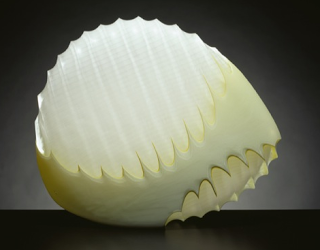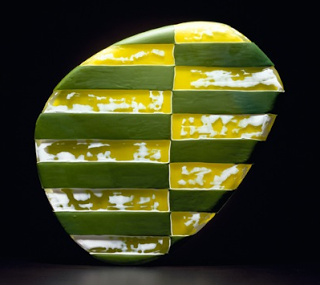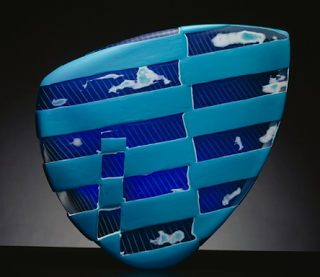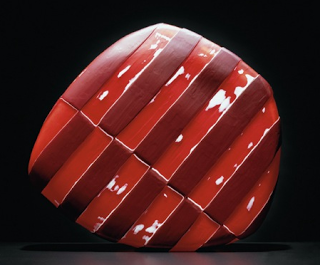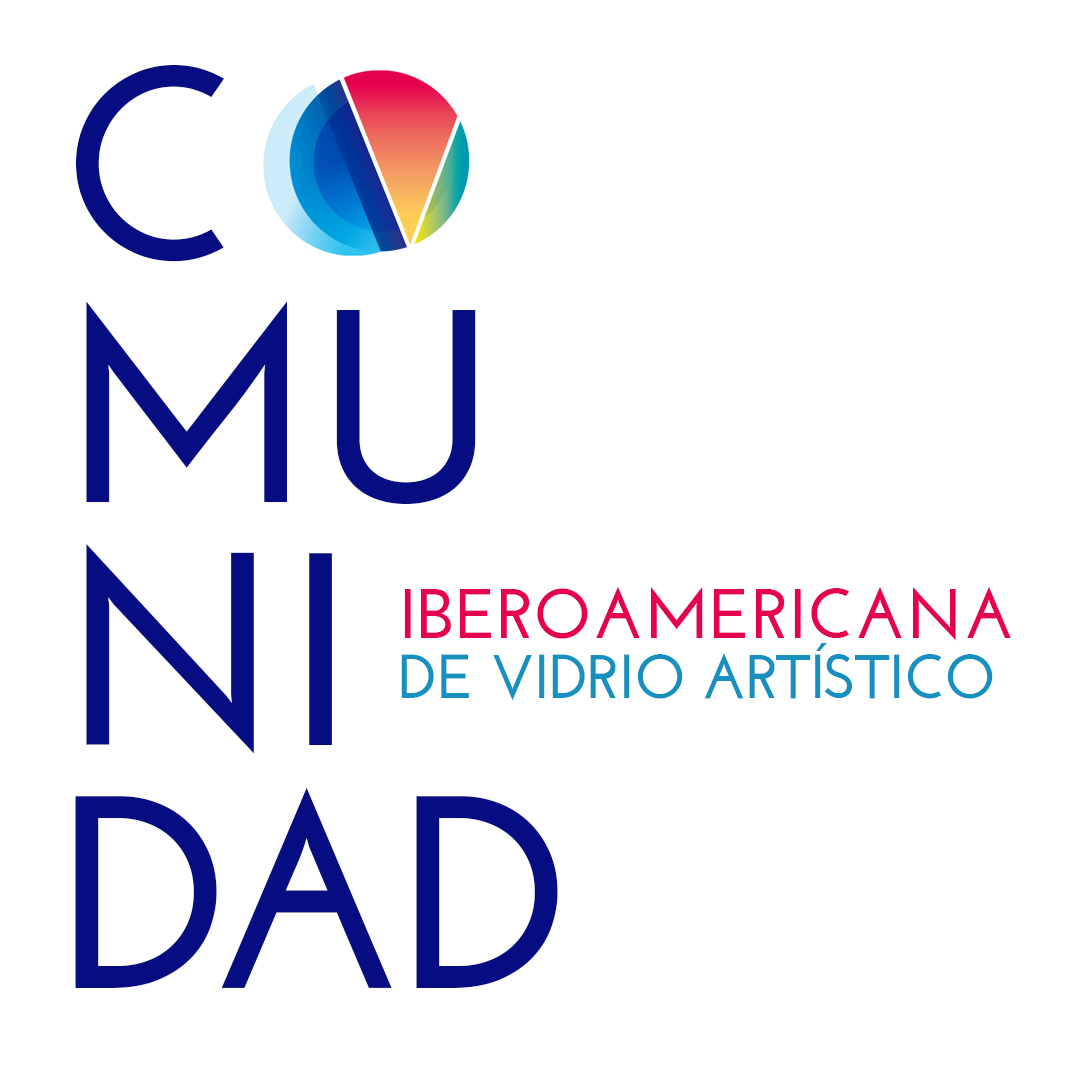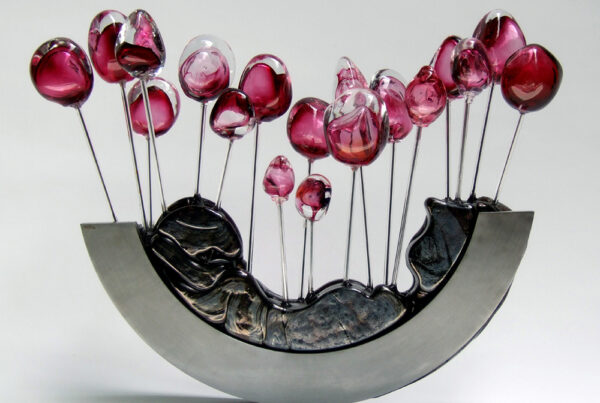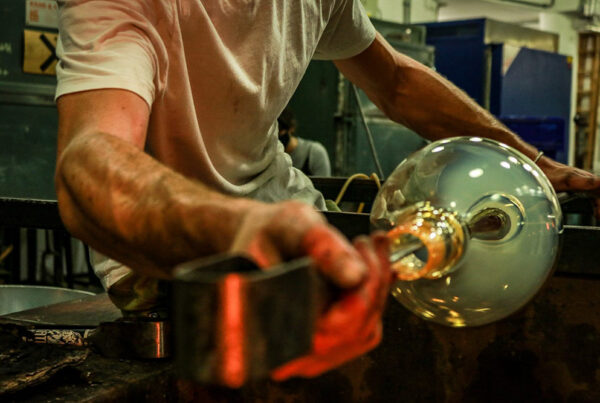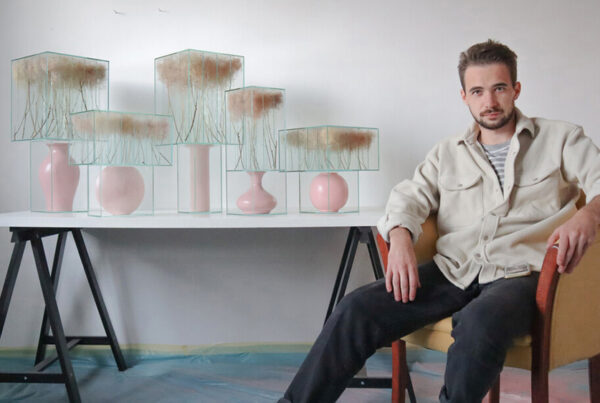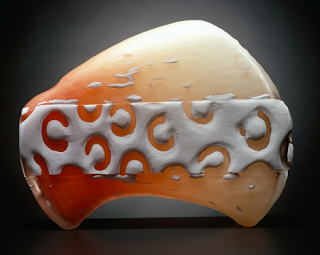
ETHAN STERN es una artista del vidrio de Estados Unidos. Sus comienzos están relacionados con la cerámica y en su búsqueda se encontró con el vidrio, material que le permitió explorar los efectos de la luz, de los acabados mate y brillo.
ETHAN STERN
BIO / ARTIST STATEMENTI began studying ceramics and art in Ithaca NY, were I grew up. Before attending college at Alfred University in Alfred New York I moved to Brisbane Australia where I studied Ceramic art and material science. It was during this time that my investigation of the vessel grew strong and my interests gravitated towards functional Pottery. The Studio Ceramic movement is still very strong in Australia and greatly influenced my process and esthetic.
After returning from Australia I attended Alfred to study Sculpture and Ceramics. At this time I began researching the history of the vessel. This strong history continues to have an impact on my work today though I have drifted from ceramics to glass. I was drawn to Greek vessels because of their dynamic relationship between surface and form. In contrast I was also attracted to Chinese vessel forms because of their powerful presence and quite demeanor. Also influenced by artists such as Peter Voulkos and Robert Turner the idea of simplicity and abstraction in form overlapped by surface pattern and texture emerged as a crucial element in my work.
My transition from ceramics the glass grew from a need to explore a material with less history as an art medium and a process so much more direct that the draw was overpowering. My final years at Alfred became devoted to glass and the investigation of sculpture within that medium. It was not until I started attending Pilchuck Glass School in Stanwood Washington that I started investigating engraving and carving glass. This process opened the doors for me to pull together elements of color, form, pattern and texture to create a unique voice within the material. Because cutting glass inherently leaves a matt unpolished surface I began to see a strong connection to the ceramic surface and its relationship to light and color. By removing the glossy shine so recognized as glass I can take the focus of the material and put it on the surface color and design. The matt surface absorbs light while the shiny surface will reflect it. This phenomenon causes colors to become rich and bold, a quality often associated with the ceramic surface weather it be raw or glazed. To bring this surface to glass is to give richness and sensitivity to pattern and color.
The patterns that I create can be repetitive or unique and often reminiscent of ethnographic textile design. At the same time they become abstract enough to allow me to show a personal mark as if I were drawing. My process is often spontaneous, starting with a vague idea on paper I than move to the object, were process plays a huge role in the overall composition. Cutting the surface can create a line quality that can be graphic or painterly. Just like drawing, my personal mark is apparent. Like ceramics, the evidence of the hand, the subtleties of surface and the creative process are vital the creation of my work. I currently have a cold working studio in the Bemis Building in Seattle Washington were I create my work.

